How to grow citronella and make the most of this natural pest repellent, according to experts
Citronella is nature's pest repellent


It’s long been said that citronella keeps bugs at bay. But while most people do so using candles and oils, did you know that you can also make the most of citronella plants? You’ll need to know how to grow citronella, though.
These fresh and fragrant plants can help to repel mosquitoes and keep bugs out of your bedroom while also adding colour and intrigue to your garden or home. There’s an art to growing these plants, though, as citronella is not native to the UK.
As David Denyer, Flower Expert, Eflorist explains, ‘Growing citronella in the UK can be a bit tricky because of the cooler weather, but it’s definitely doable with the right approach.’ That’s why we’ve put together everything you need to know about growing citronella below.

What you'll need
- Citronella plant - like this Lemon Scented Geranium from B&Q.
- Pot with drainage holes - like these 15cm Gloss Terracotta Pots from Amazon.
- Moisture tester - like this flintronic Soil Moisture Meter from Amazon.
- Compost - like this Miracle-Gro Compost from B&Q.
- pH tester - like this Garden Tutor Soil pH Test Kit from Amazon.
- Watering can - like this Ward Watering Can from Argos.
- Plant frost cover - like this OAHAO Plant Cover from Amazon.
- Secateurs - like this McGregor Bypass Secateurs Pruner from Argos.
Step-by-step
1. Choose the perfect location
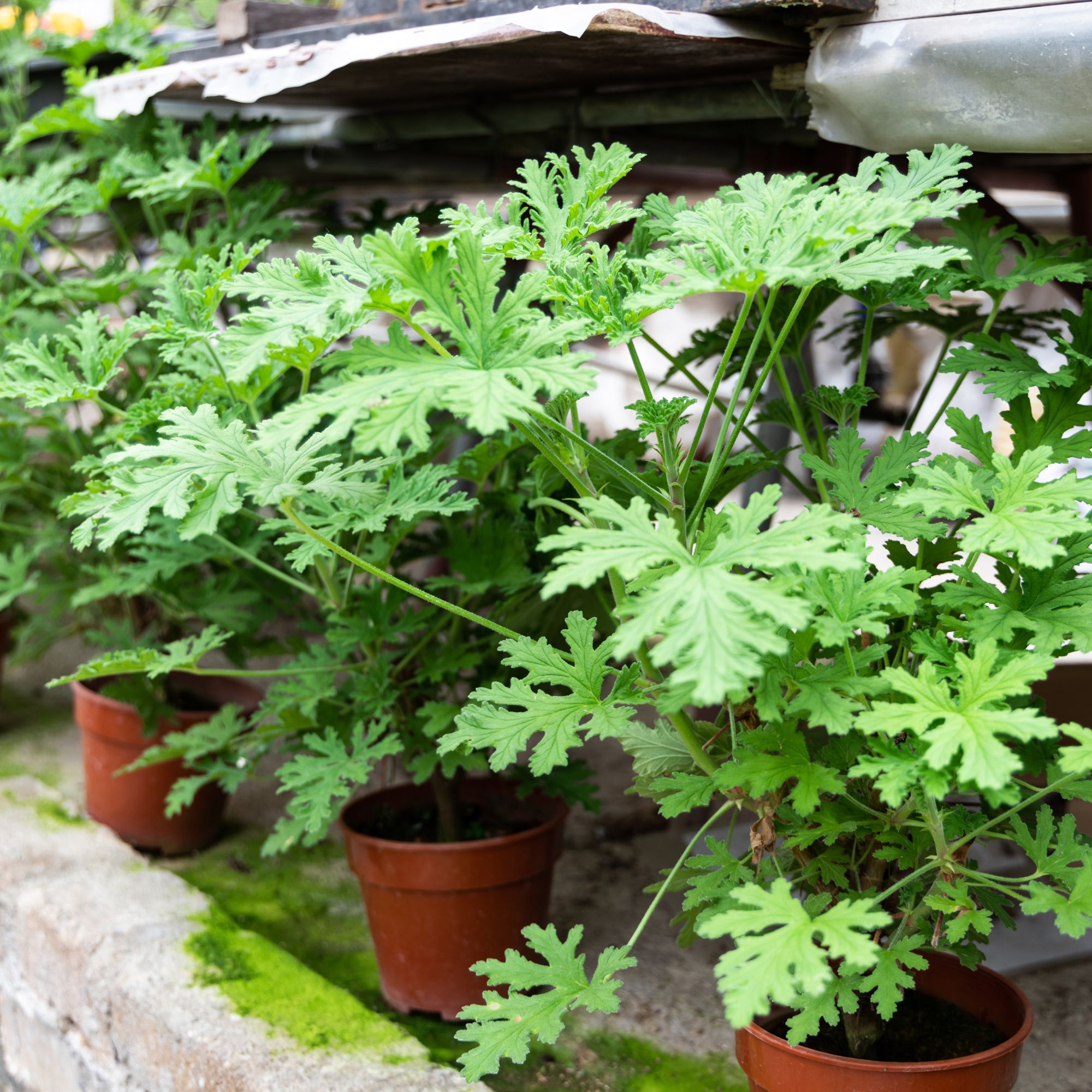
One thing you might not know about citronella is that this plant is actually a scented geranium. And similar to the sun-worshipping geranium, citronella loves to be in the sun. So, if you’re going to grow citronella at home, you need to choose the perfect location for planting.
Ultimately, the first decision you need to make is whether you want your citronella to be an indoor or outdoor citronella.
If you opt to grow citronella indoors, make sure that you choose a location where the plant can receive around six hours of direct sunlight every single day. It also loves to be in humid locations indoors, which is why it may be best suited to your kitchen or bathroom windowsill.
If you choose to grow citronella outdoors, however, you don’t need as much sunlight. Outdoor plants can tackle more shade and prefer somewhere that offers a bit of both.
Sign up to our newsletter for style inspiration, real homes, project and garden advice and shopping know-how
David says, ‘Think bright, but not scorching. A spot that welcomes morning sun and dappled shade in the afternoon is ideal.’
2. Opt for well-draining soil

Whether you’re repotting your citronella plant into a larger pot or transplanting it into your garden border, you need to ensure that you choose the right soil for your citronella plant. For best results, opt for well-draining soil.
After all, many plants will tolerate waterlogging, but citronella is not one of them. It needs to be kept as far away from constantly wet soil as possible, as this will lead to root rot.
David also adds, ‘Citronella prefers soil that's slightly acidic to neutral, with a pH between 6.0 and 7.0.’ Because of this, you need to make sure that you’re testing the pH of your soil and making any adjustments if needed.
3. Water only when necessary
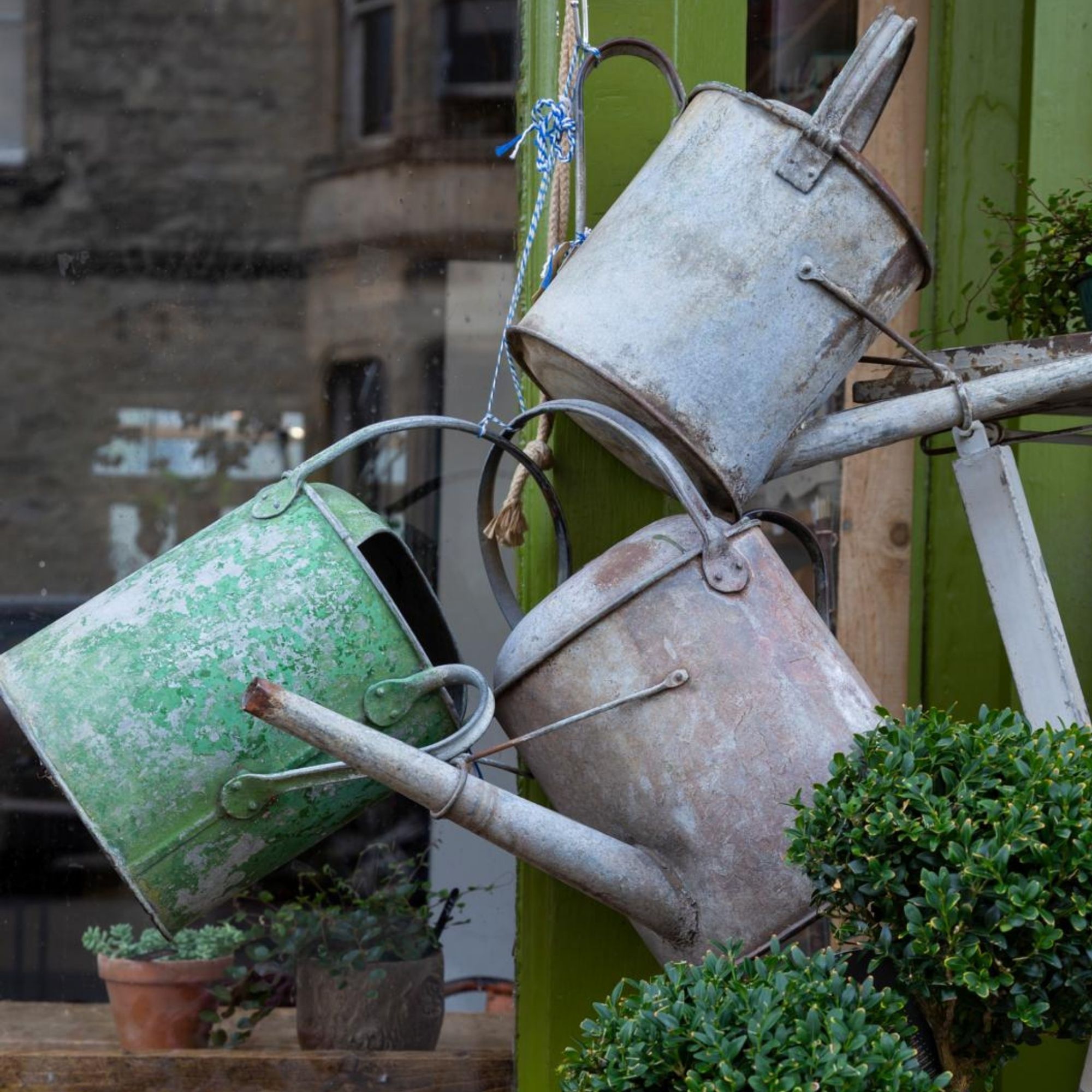
Unfortunately, it’s very easy to overwater your plants - especially in the summer. As citronella plants don’t like to be too wet, it’s important to water only when necessary.
The best way to determine whether you need to water your outdoor citronella plant is to use your fingers. If you poke your fingers into the soil and find that the top two inches of soil are dry, it’s time to water your outdoor plant.
For indoor citronella plants, water when the top inch of soil is dry, as indoor plants require more hydration. When doing so, you can water well and wait for the excess water to spill out of the pot’s drainage holes.
If you don’t want to use your fingers, though, you can use a soil moisture tester to help you out with this task. According to Morris Hankinson, Director of Hopes Grove Nurseries, citronella plants will also tell you when they’re ready for a drink.
He says, ‘They will require a moderate amount of water and will often tell you they need it by drooping in very hot weather.’

Morris Hankinson is the founder and managing director of Hopes Grove Nurseries Ltd, the UK’s only specialist grower-retailer of hedging plants. He established the thriving business in 1992, shortly after graduating with a Commercial Horticulture Degree from Writtle College, Essex.
4. Protect them from frost
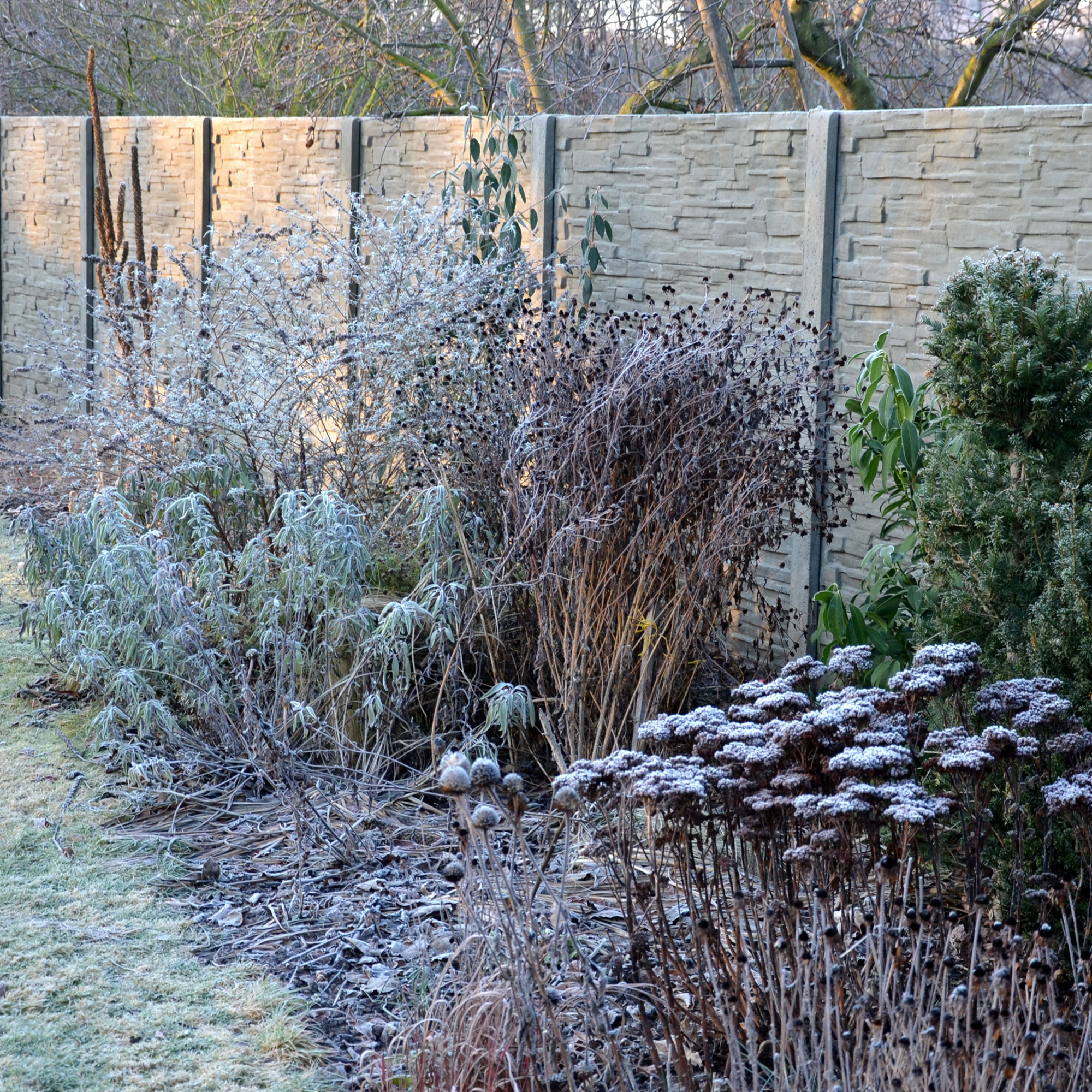
Citronella plants are native to South and Central America, Southeast Asia, and Australia. They’re used to warm, humid environments, so they struggle during the harsh UK winters.
So, if you want to know how to grow citronella, you’ll need to know how to overwinter it. If you’re growing outdoors, Morris advises, ‘Bring undercover until the following spring when the weather is warm enough, and they will soon spring back to life.’
If you can’t bring your in-ground citronella inside, focus on using one of the best plant covers instead. Just be warned that your citronella may look a little worse for wear when spring comes around again.
5. Deadhead when you can
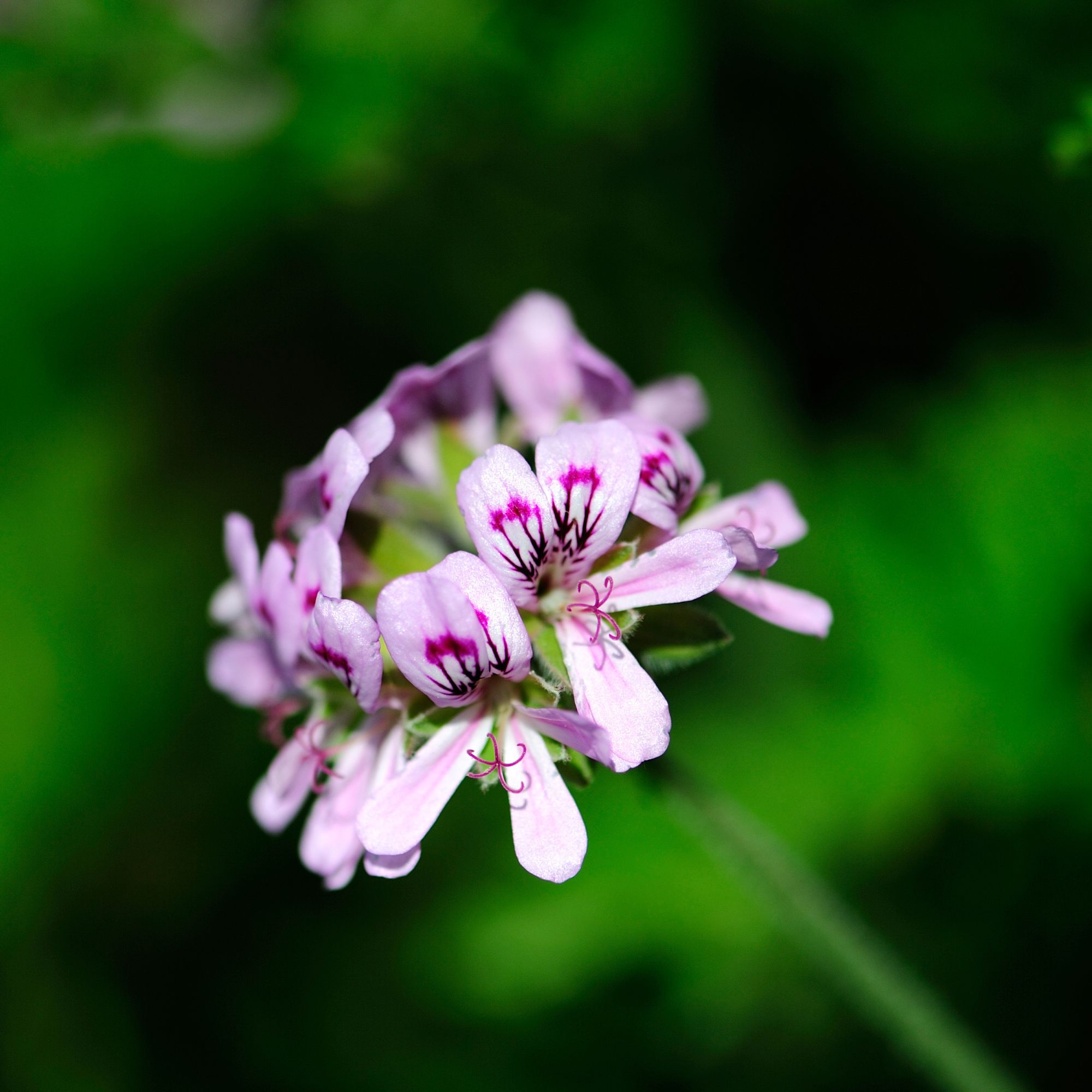
Although we often see it in candle or oil form, citronella plants actually produce beautiful pink and purple blooms that flower throughout the summer months - and sometimes throughout the majority of the year.
Regular deadheading is required to prolong the blooming period. Morris says, ‘As the citronella plant is a Pelargonium, they do flower with lovely pink flowers in summer, which can simply be deadheaded when they have faded.’
This will give the plant a chance to focus all of its attention on producing new flowers and will make the whole plant look neater and tidier. Just make sure that you don’t make any deadheading mistakes as you do so.
In terms of citronella pruning, there are no hard and fast rules you have to follow. It’s fairly fast-growing, so you can prune it if it’s overpowering your space.
David says, ‘Regular trimming not only keeps the plant bushier but also helps maintain its shape.’ But if you’re happy with its shape and size, you don’t necessarily have to prune your citronella.
6. Irritate it every so often
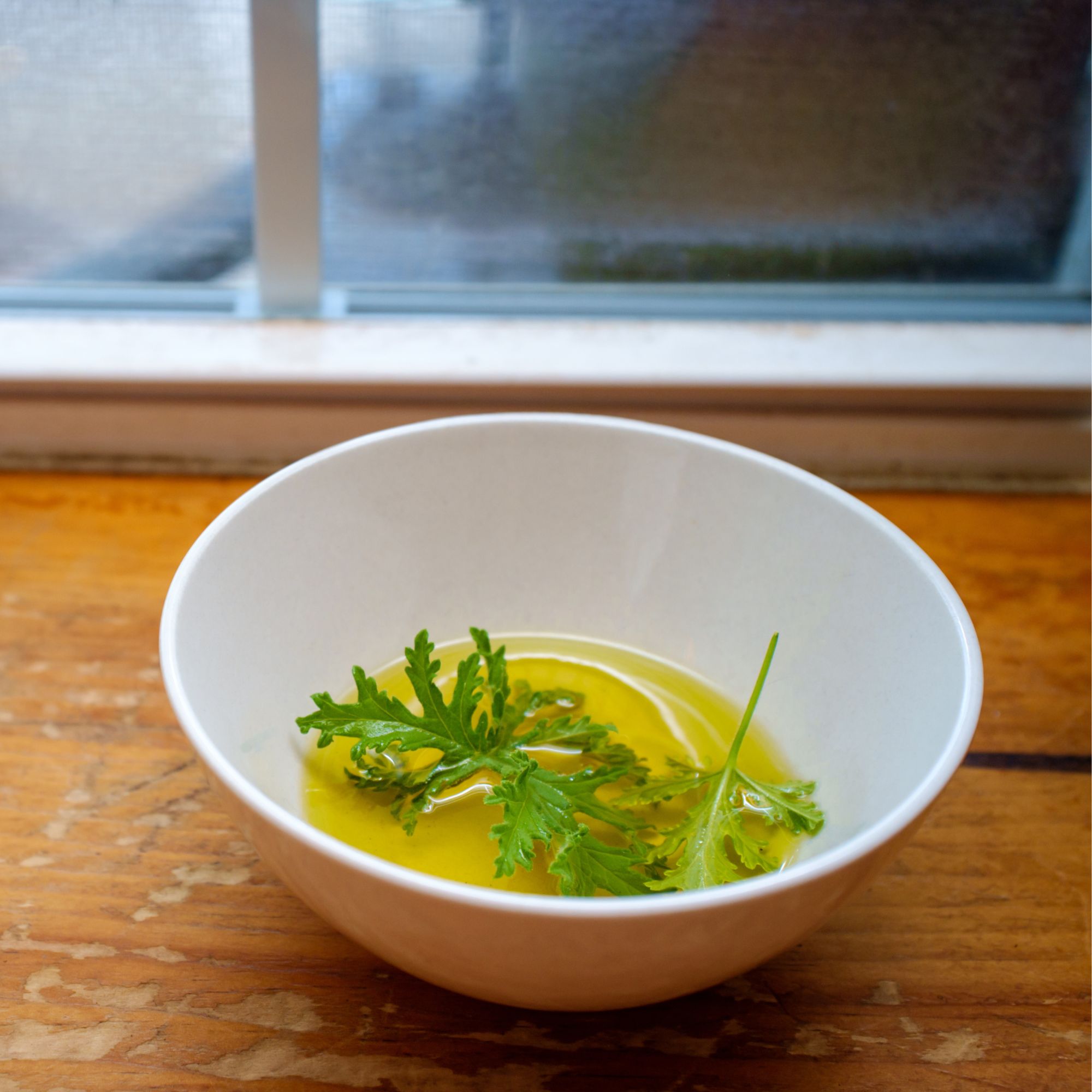
If you want to grow citronella to keep pests at bay, you should irritate your plant every so often. By that, we mean you should ruffle the leaves and give them a little tap every now and then. That’s because the fragrant citronella oil that bugs hate is only really activated when it’s touched.
So, make an effort to brush past your citronella during your rounds in the garden or rub a leaf between your fingers when you’re watering your indoor citronella. Just make sure that you keep this up so it can continue to work its magic.
If you want, you could also crush your citronella leaves in a pestle and mortar to extract the oil that you can then use at your leisure.
7. Propagate if you want to
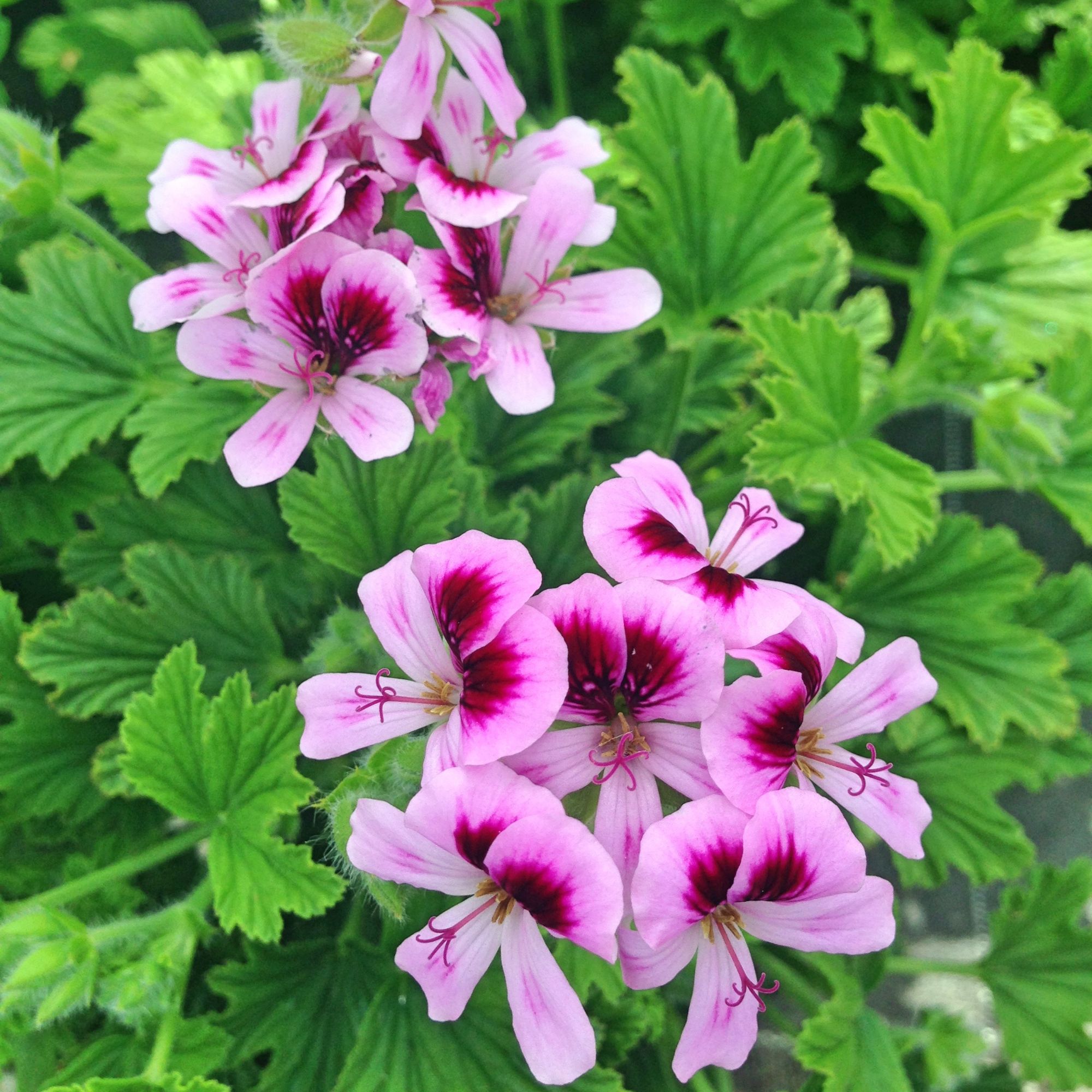
As citronella plants are primarily sold as potted plants, you may not feel as hands-on as you have when growing your other plants. However, you can propagate citronella to get more involved and boost your fragrant collection.
To do this, you’ll need to take a cutting from the plant and trim it so that there’s just two leaves left. Then, add some rooting hormone - like this Westland Organic Rooting Powder from Amazon - to the roots and plant it in a new pot.
It should take around a month to see any signs of growth as long as you keep it well-watered.
FAQs
Is citronella easy to grow?
Although you can grow citronella from seed, this isn’t a common method in the UK as the climate doesn’t lend itself well to this type of growing. Instead, it’s easier to grow citronella from potted plants.
These potted plants are fairly low-maintenance throughout the milder months of the year and only really require regular watering and a fair amount of sunlight. During the colder months, however, they do struggle and prefer to be treated like a houseplant inside the home.
Does citronella come back every year?
Technically, yes. As citronella is a perennial, it should come back every year, but this plant is often treated as an annual in the UK by those who keep it outside. That’s because citronella struggles to survive the colder, frostier weather.
If you grow citronella inside, it should last for years and come back year after year without too much special treatment.
Does citronella do better in pots or ground?
Citronella typically does better in pots as this allows you to have better control over the moisture level, sunlight level, and temperatures that it’s exposed to.
Just be warned that citronella does grow quite quickly, which means that it needs to be repotted every couple of years - or more if you see that the roots are started to poke out of the pot.
Well, there you have it. That’s how you grow citronella.

Lauren Bradbury has been the Content Editor for the House Manual section since January 2025 but worked with the team as a freelancer for a year and a half before that. She graduated with a Bachelor’s degree in English and Creative Writing from the University of Chichester in 2016. Then, she dipped her toe into the world of content writing, primarily focusing on home content. After years of agency work, she decided to take the plunge and become a full-time freelancer for online publications, including Real Homes and Ideal Home, before taking on this permanent role. Now, she spends her days searching for the best decluttering and cleaning hacks and creating handy how-to guides for homeowners and renters alike, as well as testing vacuums as part of her role as the Ideal Home Certified Expert in Training on Vacuums, having spent over 110 hours testing different vacuum models to date!